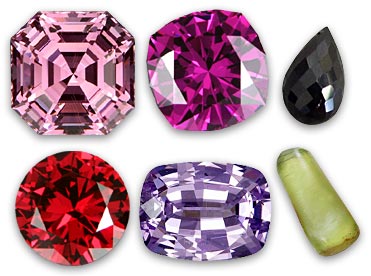Crystal
In science, a crystal is a solid substance in which the atoms, molecules, or ions are arranged in an orderly repeating pattern extending in all three spatial dimensions. The word crystal is a loan from the ancient Greek word (krustallos), which had the same meaning, but according to the ancient understanding of crystal. At root it means anything congealed by freezing, such as ice. The word once referred particularly to quartz, or “rock crystal”. Most metals encountered in everyday life are polycrystals. Crystals are often symmetrically intergrown to form crystal twins.
The history of crystal dates back thousands of years to the Mesopotamian times. Lead oxide was used to enhance the brilliance of glass as used today, but applied in differently. This was an alternate to the popular rock crystal which was more expensive, harder to cut and less refractive.
In the year 1676, George Ravenscroft revolutionized the methods of adding the lead oxide, which brought lead crystal a major step closer to it’s mass production of today.
In 1892, Daniel Swarovski invented a machine to cut jewelry stones perfectly. In 1895, he moved his company, known as Swarovski, from Bohemia to the Wattens, Austria where he used the Rhine River as a source of energy to run the company’s machinery. From here the name “Rhinestone” was born. Today the word “rhinestone” is used for leaded crystal coming from any country though.
Swarovski is the highest quality crystal stone manufacturer in the world today. Stones are made in many other countries other than Austria as well, most notably Czechoslovakia, Germany, China, Israel and others.
Crystals are used for healing, meditation, energy work, storing information, protection, grounding, and channeling. Many have specific shapes such as crystal skulls and singing crystal bowls, used for healing, balancing, awakening, and scrying.









